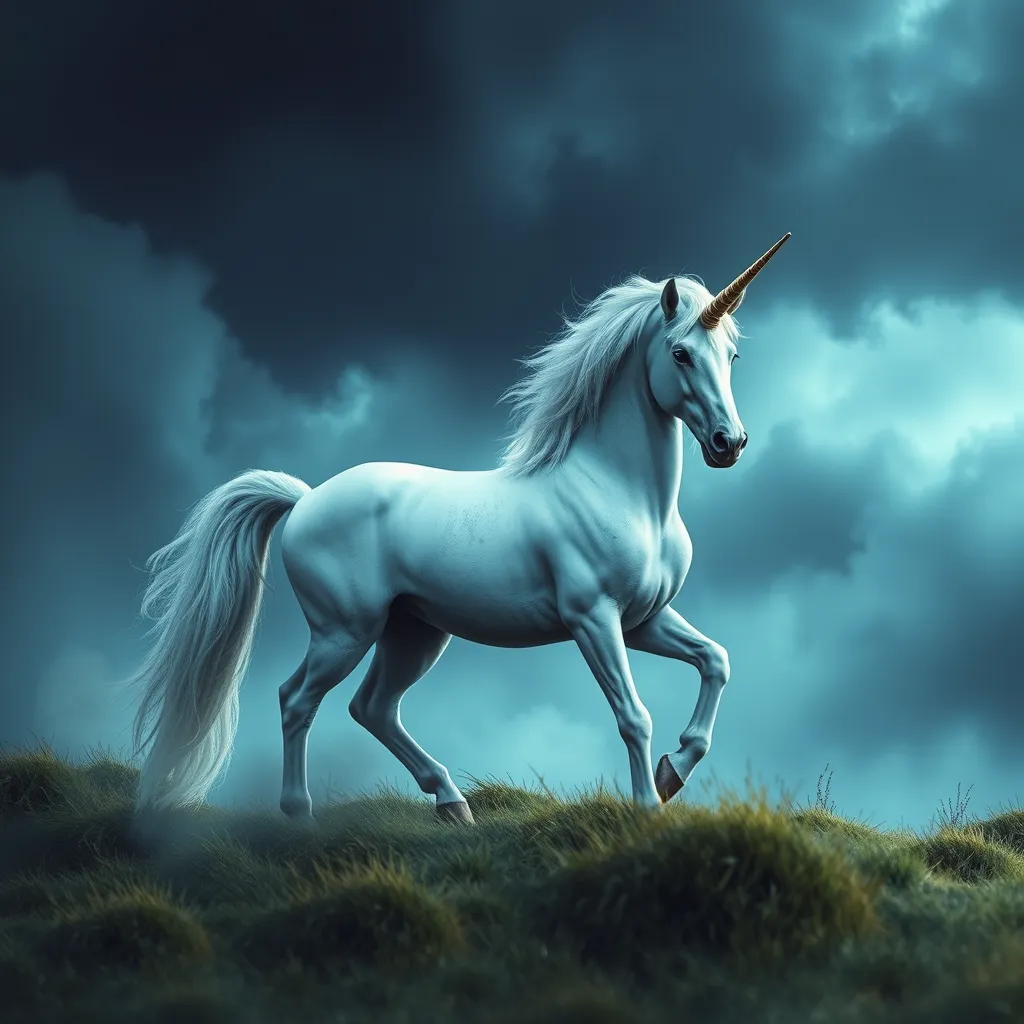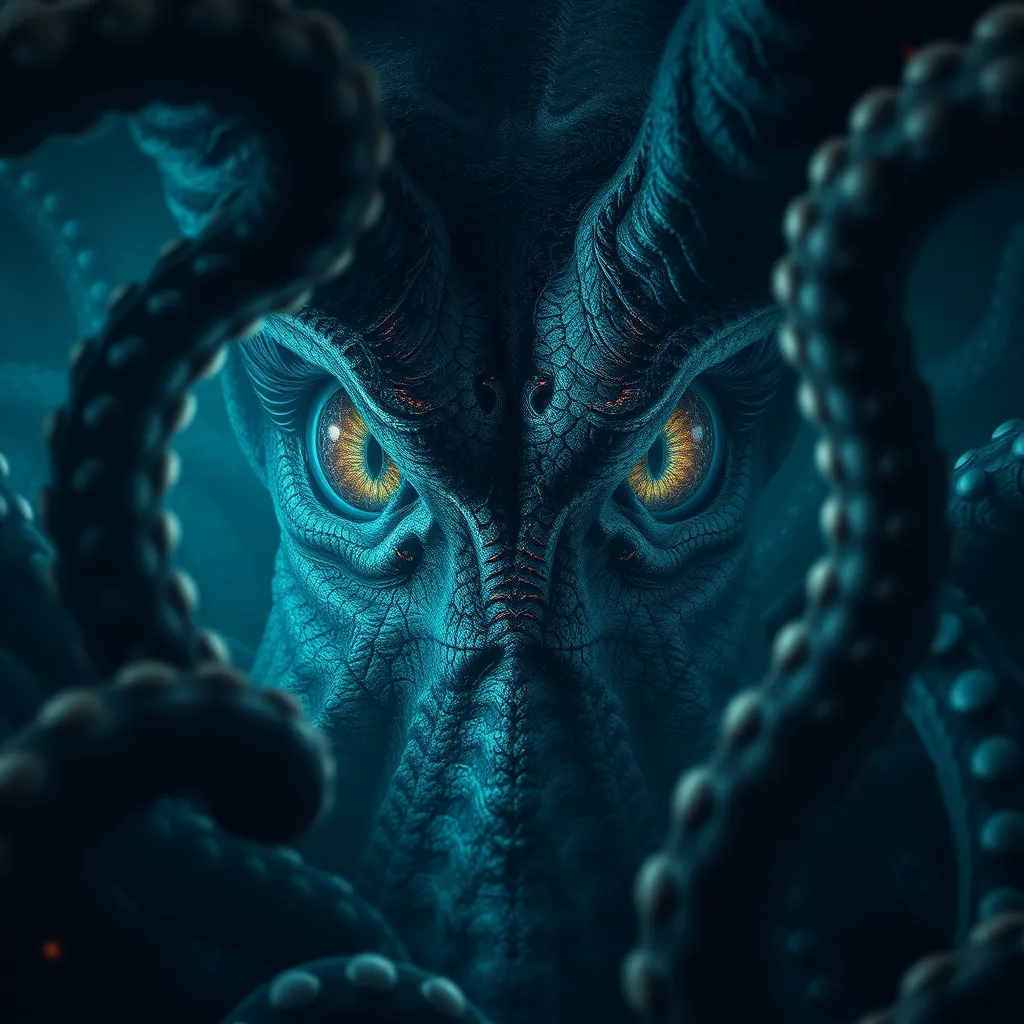From Norse Legend to Celtic Folklore: Exploring the Hydra’s Global Reach
I. Introduction
The Hydra is one of the most iconic creatures in mythology, often represented as a multi-headed serpent or dragon. Known for its regenerative abilities, the Hydra has captivated the imagination of people across various cultures and time periods. This article explores the significance of the Hydra in different mythologies, delving into its representations and the common themes that transcend cultural boundaries.
The significance of the Hydra extends beyond mere narratives; it embodies universal concepts such as chaos, destruction, and resilience. By examining the Hydra’s global reach, we can better understand the cultural connections that exist between different societies, as well as the enduring impact of these myths on contemporary storytelling.
II. The Hydra in Greek Mythology
In Greek mythology, the Hydra is famously associated with the Labyrinth of Lerna, where it dwelled as a fierce guardian. Described as a serpent-like creature with multiple heads—usually depicted as nine—the Hydra had the terrifying ability to regenerate two heads for every one that was severed.
The most well-known tale involving the Hydra is the second of Heracles’ Twelve Labors. Tasked with slaying the beast, Heracles faced a formidable challenge. With the assistance of his nephew Iolaus, who cauterized the neck stumps to prevent regeneration, Heracles ultimately succeeded in defeating the Hydra. This myth highlights themes of ingenuity and partnership in overcoming seemingly insurmountable challenges.
The Hydra symbolizes various aspects of Greek culture, including the struggle against chaos and the inevitability of fate. It has often been interpreted as a representation of the trials one must face in life, making it a powerful symbol in the Greek worldview.
III. Norse Interpretations of the Hydra
In Norse mythology, while there is no direct equivalent to the Hydra, the creature shares thematic connections with Jörmungandr, the Midgard Serpent. Jörmungandr is said to encircle the world, embodying chaos and destruction, much like the Hydra in Greek mythology.
Both creatures represent the primal forces of nature, highlighting the fragility of creation against the backdrop of destruction. The themes of chaos are prevalent in the tales of Ragnarok, where Jörmungandr battles Thor, resulting in mutual destruction.
The Hydra’s influence can also be seen in Norse art and literature, where serpentine figures often symbolize danger or chaos. This connection reinforces the significance of multi-headed creatures in various mythological narratives, emphasizing their role as formidable adversaries in the struggle between order and chaos.
IV. The Hydra in Celtic Folklore
Celtic folklore is rich with tales of water serpents and multi-headed creatures, often viewed as guardians of mystical realms. These creatures, while not always directly referred to as Hydras, share similar characteristics and symbolic meanings.
In Celtic mythology, beings such as the Each Uisge and the Glaistig reflect the Hydra’s essence, often representing the dangers associated with water and the unknown. The role of these creatures in Celtic tales serves as a warning against hubris and the importance of respecting nature.
Symbolically, the Hydra-like creatures in Celtic culture represent the duality of beauty and danger. They embody the mysteries of the natural world, reminding individuals of the balance between humanity and the elemental forces that govern existence.
V. The Hydra in Asian Mythologies
The Hydra’s influence extends into Asian mythologies as well, particularly in Chinese and Indian traditions. In Chinese dragon myths, multi-headed serpents are often depicted as powerful, benevolent beings that control rain and water, contrasting with the destructive nature of the Hydra.
In Indian mythology, Vritra, a dragon-like serpent, parallels the Hydra’s characteristics. Vritra is known as a demon that obstructs rivers, symbolizing drought and chaos, and is ultimately defeated by the god Indra, reinforcing the theme of order triumphing over chaos.
A comparative analysis reveals that while the Hydra’s representations vary, the underlying themes of chaos, transformation, and the struggle for balance resonate across cultures. This shared symbolism highlights a universal understanding of the natural world and humanity’s place within it.
VI. The Hydra in Modern Popular Culture
In contemporary society, the Hydra continues to thrive as a significant archetype in literature and film. From classic tales to modern adaptations, the Hydra has inspired countless authors and filmmakers who draw upon its rich mythological background to craft compelling narratives.
- Literature: The Hydra has appeared in numerous books, including Rick Riordan’s Percy Jackson series, where it is reimagined for a new generation.
- Film: The creature is often depicted in fantasy films, embodying the themes of struggle and resilience against overwhelming odds.
- Video Games: In gaming, the Hydra archetype is prevalent, often serving as a formidable boss character that players must defeat, symbolizing challenges that must be overcome.
The evolution of the Hydra’s symbolism in modern storytelling reflects society’s ongoing fascination with myth and the timeless struggles that define human existence. The Hydra represents resilience, regeneration, and the triumph of courage over adversity.
VII. Cross-Cultural Analysis of the Hydra Myth
An analysis of the Hydra myth reveals several common themes and variations across cultures. Despite differing cultural contexts, the Hydra consistently embodies the following:
- Chaos and Destruction: Across all interpretations, the Hydra symbolizes the chaotic forces of nature and the struggle against them.
- Resilience and Regeneration: The creature’s regenerative abilities serve as a metaphor for resilience in the face of adversity.
- Human Condition: The Hydra often represents the challenges and trials faced by humanity in the pursuit of order and understanding.
Globalization has further facilitated the reinterpretation of the Hydra myth, allowing for the blending of cultural narratives and the emergence of hybrid myths that reflect contemporary values and concerns.
VIII. Conclusion
In summary, the Hydra’s significance in various cultures illustrates the interconnectedness of human experience through mythology. From Greek and Norse tales to Celtic and Asian folklore, the Hydra embodies essential themes that resonate with audiences worldwide.
The enduring legacy of the Hydra in modern storytelling underscores the importance of myth in understanding cultural connections and the human condition. As we continue to explore these ancient narratives, the Hydra remains a powerful symbol of resilience, chaos, and the eternal struggle for balance in an ever-changing world.



